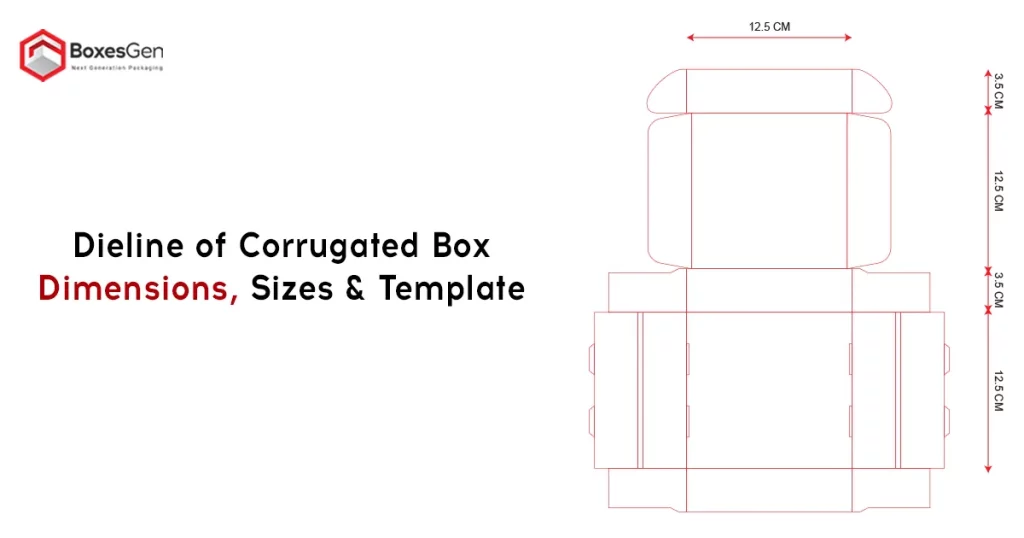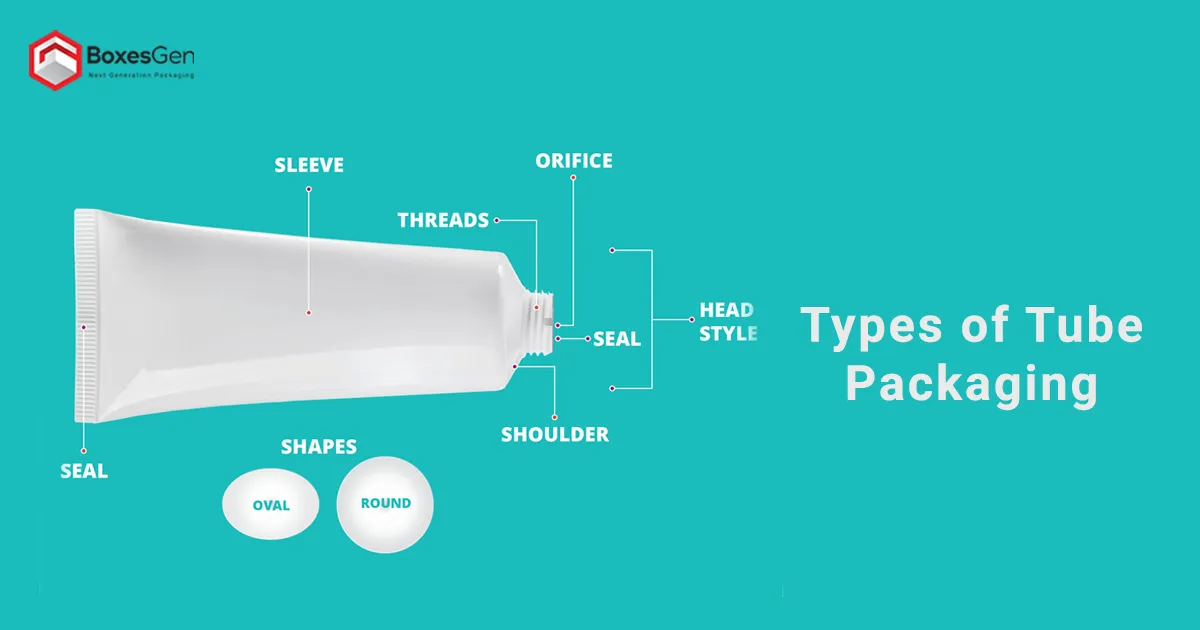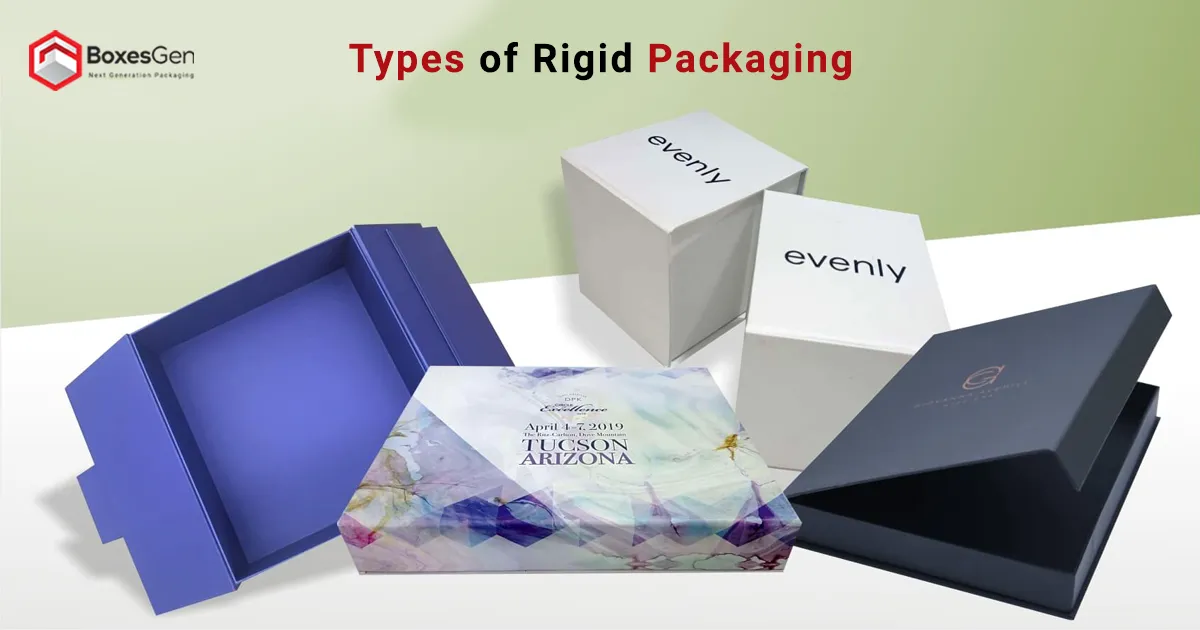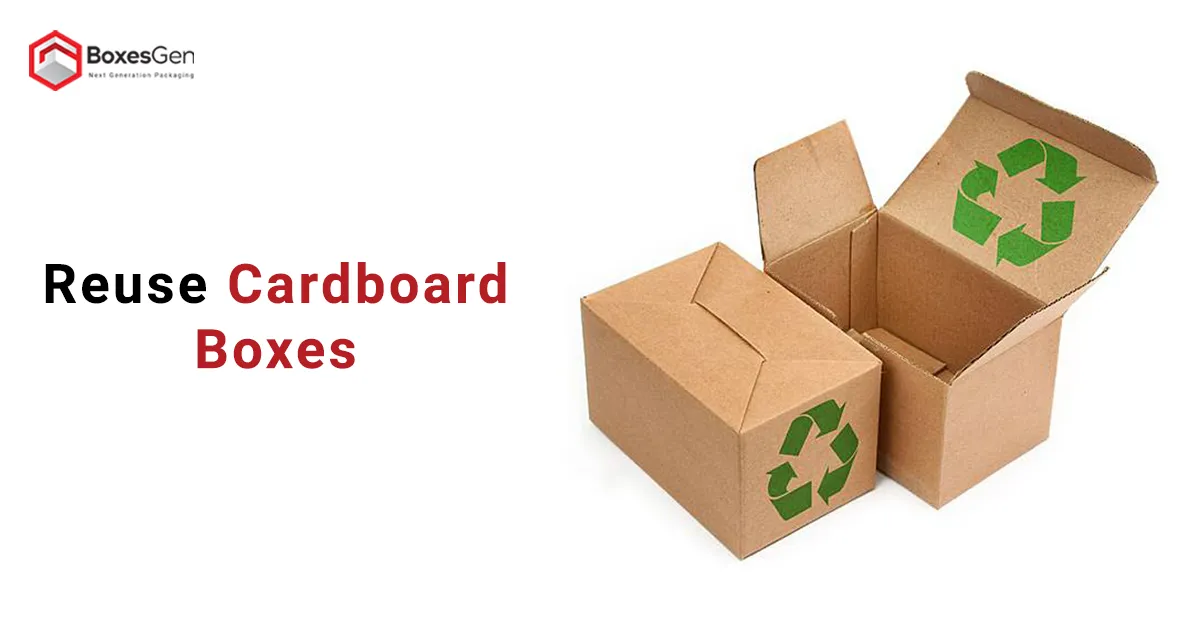Dieline of Corrugated Box Dimensions, Sizes & Template
Corrugated boxes have become an indispensable part of packaging across various industries due to their durability, versatility, and eco-friendly nature. Understanding the dieline of corrugated boxes is crucial for businesses aiming to create effective packaging solutions. In this article, we probe into the dimensions, sizes, and templates of corrugated boxes, exploring their diverse types and applications.
Corrugated Box Dieline
A corrugated box dieline serves as the blueprint for the manufacturing of corrugated boxes. It is a two-dimensional representation of the box’s structure, illustrating all the necessary cut lines, scores, and folds required to transform a flat sheet of corrugated material into the final three-dimensional box. The dieline essentially guides the cutting and creasing processes during production, ensuring precision and accuracy in the creation of each corrugated box. Designers and manufacturers use specialized software to generate these dielines, considering factors such as Box Dimensions, closure styles, and any additional features like perforations or die-cut window. This critical step in the box production process plays a key role in achieving the desired shape and functionality of the corrugated packaging.
Corrugated Box Template
A corrugated box template is a practical tool used in the design and production of corrugated boxes. It is a pre-structured, editable document that serves as a starting point for creating dielines. Templates are available for various corrugated box styles and sizes, allowing designers and manufacturers to streamline the customization process based on specific requirements. These templates often include guidelines for key elements such as flaps, scores, and cut lines, providing a visual representation of how the flat material will transform into a fully assembled box. Utilizing templates not only expedites the design process but also ensures consistency and accuracy across multiple units of production. They serve as invaluable resources, facilitating efficient communication between designers and manufacturers to bring about the successful realization of corrugated box designs.
Corrugated Boxes
Corrugated boxes are constructed from three layers of paper – a wavy inner layer, known as corrugated medium, and two flat outer layers. This combination increases the box’s strength and resilience, making it ideal for protecting goods during transportation and storage. The dimensions of these Personalized Boxes vary based on the specific packaging requirements and the nature of the items they are intended to hold.
Standard Corrugated Box Dimensions
Standard Size: 12″ x 12″ x 12″
Centimeters: 30.48 cm x 30.48 cm x 30.48 cm
Millimeters: 304.8 mm x 304.8 mm x 304.8 mm
White Cardboard Boxes
White Cardboard Boxes, a popular subset of Corrugated Packaging, offer a clean and classic aesthetic. These boxes are often used for retail packaging, product displays, and Gift Boxes. The dieline for white cardboard boxes includes precise measurements to ensure a snug fit for the enclosed items while maintaining an attractive presentation.
Standard White Cardboard Box Dimensions
Standard Size: 10″ x 8″ x 6″
Centimeters: 25.4 cm x 20.32 cm x 15.24 cm
Millimeters: 254 mm x 203.2 mm x 152.4 mm
Kraft Corrugated Boxes
Kraft Corrugated Boxes, crafted from recycled materials, align with the growing emphasis on sustainable packaging solutions. Their dieline considers the need for sturdy construction while incorporating eco-friendly materials. The sizes of Kraft corrugated boxes can vary widely, catering to diverse industries such as food and beverage, e-commerce, and more.
Standard Kraft Corrugated Box Dimensions
Standard Size: 14″ x 10″ x 8″
Centimeters: 35.56 cm x 25.4 cm x 20.32 cm
Millimeters: 355.6 mm x 254 mm x 203.2 mm
Corrugated Mailer Boxes
Corrugated Mailer Boxes are designed for safe and efficient shipping. The dieline for these boxes focuses on easy assembly and secure closure mechanisms, ensuring that the contents reach their destination intact. These shipping boxes are widely used by e-commerce businesses for packaging and delivering products to customers with utmost care.
Standard Corrugated Mailer Box Dimensions
Standard Size: 9″ x 6″ x 3″
Centimeters: 22.86 cm x 15.24 cm x 7.62 cm
Millimeters: 228.6 mm x 152.4 mm x 76.2 mm
Corrugated Gable Boxes
Corrugated Gable Boxes, with their distinctive shape, merge form and function. These boxes are often used for packaging gifts, party favors, and retail products. The dieline for Gable Boxes incorporates measurements that account for the unique structure, creating an appealing packaging solution with a convenient carrying handle.
Standard Corrugated Gable Box Dimensions
Standard Size: 8″ x 4″ x 4″
Centimeters: 20.32 cm x 10.16 cm x 10.16 cm
Millimeters: 203.2 mm x 101.6 mm x 101.6 mm
Corrugated Display Boxes
Corrugated Display Boxes play a crucial role in marketing and retail settings. The dieline for these boxes emphasizes visibility, ensuring that the products inside are prominently showcased. Available in various sizes, display boxes are customizable to meet the specific requirements of different products and promotional campaigns.
Standard Corrugated Display Box Dimensions
Standard Size: 18″ x 12″ x 6″
Centimeters: 45.72 cm x 30.48 cm x 15.24 cm
Millimeters: 457.2 mm x 304.8 mm x 152.4 mm
Understanding Dimensions – A Key Aspect of Dieline Design
When designing the dieline for Corrugated Boxes, understanding the dimensions is paramount. The length, width, and height of the box must be carefully considered to accommodate the intended items comfortably. The dieline ensures precise cutting and folding, resulting in a box that perfectly fits its contents.
Sizing Up the Options – Varied Sizes for Varied Needs
Corrugated boxes come in a multitude of sizes to cater to diverse needs. Small boxes are ideal for delicate items, while larger boxes accommodate bulkier products. The dieline for each size is meticulously crafted to maintain structural integrity, ensuring that the box remains robust even when subjected to the rigors of transportation.
Streamlining the Design Process
Templates serve as the blueprint for corrugated box dielines. They provide a framework for designers, indicating where to fold, cut, and assemble. Whether creating white cardboard boxes or corrugated mailer boxes, utilizing templates streamlines the design process, ensuring consistency and accuracy in the final product.
Tailoring Dielines to Specific Requirements
Corrugated box dielines can be customized to meet the unique requirements of different industries and products. The customization process involves tweaking the dimensions, adjusting the template, and incorporating specific features such as perforations or die-cut windows. This adaptability ensures that corrugated boxes serve as effective and brand-aligned packaging solutions.
Conclusion
The dieline of corrugated boxes is a crucial aspect of packaging design, encompassing dimensions, sizes, and templates. Whether opting for white cardboard boxes, Kraft corrugated boxes, or specialized options like gable or Display Boxes, a well-crafted dieline ensures that the packaging not only protects the contents but also improves the overall presentation. As the demand for sustainable and versatile packaging solutions continues to rise, mastering the art and science of corrugated box dielines remains essential for businesses seeking to make a lasting impact in the competitive world of Product packaging.
Frequently Asked Questions Corrugated Box Dimension
What are corrugated boxes?
Corrugated boxes are packaging containers made from corrugated paperboard, consisting of three layers: a wavy inner layer (corrugated medium) sandwiched between two flat outer layers.
What is the standard width of a corrugated sheet?
The standard width of a corrugated sheet varies, but it typically ranges from 18 to 80 inches, accommodating diverse packaging needs across industries.
What is a standard corrugated box size?
Standard box sizes vary, but common dimensions include 12 x 12 x 12 inches for small boxes, 18 x 18 x 24 inches for medium boxes, and 24 x 24 x 24 inches for large boxes, catering to various shipping and storage requirements.
What are corrugated cardboard boxes?
Corrugated cardboard boxes are packaging solutions made from a combination of paper layers – a corrugated medium flanked by flat outer layers. They offer durability and are widely used for shipping and storage.
What is the difference between cardboard and corrugated boxes?
While both use paperboard, cardboard is a single-layer material, while corrugated boxes have three layers, providing augmented strength and rigidity. Corrugated boxes are ideal for heavier items and offer better protection during transportation.
What are corrugated cartons?
Corrugated cartons are packaging containers made from corrugated paperboard, featuring a distinctive wavy inner layer for added strength. These cartons are widely used for shipping, storage, and retail packaging.
Corrugated box vs cardboard box – what’s the difference?
Corrugated boxes have a three-layer structure for increased strength, while Cardboard Boxes are single-layered. Corrugated boxes are more durable, making them suitable for heavier items and transportation, while cardboard boxes are generally used for lighter packaging.
What are corrugated boxes used for?
Corrugated boxes are versatile and used for various purposes, including shipping, storage, Retail Packaging, and display. Their strength and customizable sizes make them ideal for protecting and presenting a wide range of products.
Why is corrugated cardboard used for packaging?
Corrugated cardboard is used for packaging due to its strength, durability, and versatility. The corrugated structure provides rigidity, making it suitable for protecting items during transportation, while customization options cater to diverse packaging needs.
What is a standard corrugated box?
A standard corrugated box refers to commonly used sizes and specifications in the packaging industry. These boxes adhere to standard dimensions, facilitating efficient storage, shipping, and handling.
How do you measure corrugated box size?
Corrugated box size is measured by its length, width, and height. Using a tape measure, dimensions are taken from the longest, widest, and tallest points to determine the overall size.
What is the formula for a corrugated box?
The formula for a corrugated box involves determining its length, width, and height, and multiplying these dimensions to calculate the box’s volume.
What is the length, width, and height of a box?
The length, width, and height of a box are its three primary dimensions, measured respectively from the longest, widest, and tallest points.
What does 44 ECT mean?
44 ECT stands for Edge Crush Test, a measure of a corrugated box’s stacking strength. It indicates the box’s resistance to crushing forces and is crucial for determining its suitability for stacking during transportation.
What are the three dimensions of a box?
The three dimensions of a box are its length, width, and height, which collectively define its size and volume.
How thick is a standard corrugated box?
The thickness of a standard corrugated box varies, but it is typically measured in terms of board thickness, with common options being single-wall (3/16 inches) or double-wall (5/16 inches).
What is the standard corrugated width?
The standard corrugated width varies based on the specific packaging requirements but commonly ranges from 18 to 80 inches, offering flexibility for diverse applications.
How many types of corrugated boxes are there?
There are various types of corrugated boxes, including regular slotted containers (RSC), full overlap boxes, half slotted containers, and more. Each type serves specific packaging needs.
What is a 3-ply corrugated box?
A 3-ply corrugated box has three layers of paper – a corrugated medium flanked by two flat outer layers. This structure provides moderate strength and is suitable for a range of packaging applications.
What is a 5-ply corrugated box?
A 5-ply corrugated box consists of five layers of paper – a corrugated medium sandwiched between four flat outer layers. This configuration offers improved strength, making it suitable for heavier items and more demanding packaging scenarios.
What is the margin in a corrugated box?
The margin in a corrugated box refers to the space between the box’s contents and its edges. This margin is essential to prevent damage during handling, transportation, and stacking.
How to calculate corrugated box cost?
To calculate the cost of a corrugated box, consider factors such as material, size, printing, and customization. Pricing may vary based on quantity, complexity, and specific requirements.
What is the length of corrugation?
The length of corrugation refers to the distance between two consecutive peaks or valleys in the corrugated medium. This parameter influences the strength and flexibility of the corrugated material.
What is a corrugation structure?
A corrugation structure is the arrangement of peaks and valleys in the corrugated medium of a box. This structure increases the box’s strength, providing resilience and impact resistance.
What is the GSM of a corrugated box?
The GSM (Grams per Square Meter) of a corrugated box refers to the weight of the paperboard used in its construction. It is a crucial metric indicating the material’s thickness and overall durability.
What is basis weight in corrugated?
Basis weight in corrugated refers to the weight of a specific amount of paperboard, typically measured in pounds. It is a key factor in determining the strength and thickness of the corrugated material.
How do you calculate corrugated weight?
Corrugated weight is calculated by multiplying the area of the paperboard sheet by its basis weight. This provides the total weight of the corrugated material used in the box’s construction.
What GSM is cardboard?
The GSM of cardboard varies, but it is generally thicker and heavier than regular paper. Cardboard may range from 200 to 600 GSM or more, depending on its intended use and structural requirements.
Frequently Asked Questions About Corrugated Box Sizes
What size is a standard corrugated box?
Standard corrugated box sizes vary, but common dimensions include 12x12x12 inches for small boxes, 18x18x24 inches for medium boxes, and 24x24x24 inches for large boxes, accommodating diverse shipping and storage needs.
What is the size limit for a corrugated box?
The size limit for a corrugated box depends on factors like shipping regulations and practical considerations. Oversized boxes may incur additional charges, and carriers often have specific guidelines regarding maximum dimensions.
How do you calculate the size limit of a box?
To calculate the size limit of a box, consider the carrier’s regulations, which often specify maximum dimensions. Evaluate the length, width, and height, ensuring they adhere to shipping guidelines to avoid potential issues during transportation.
What is the size of cardboard?
The size of cardboard varies widely based on its application. Commonly used in packaging, cardboard sheets can range from small dimensions for retail boxes to larger sheets for industrial purposes, catering to diverse packaging needs.
What is the most common size of a corrugated box?
The most common size of a corrugated box falls within the range of 18x18x24 inches for medium boxes. This versatile size accommodates a variety of products and strikes a balance between practicality and shipping efficiency.
What size is a 23 kg box?
The size of a 23 kg box can vary based on its contents and packaging materials. It’s crucial to consider the dimensions of the items inside and choose an appropriately sized box to ensure secure packaging and cost-effective shipping.
What is A4 size box?
An A4 size box typically aligns with the dimensions of standard A4 paper, measuring 8.27×11.69 inches. This size is suitable for documents, printed materials, or products that require a slim and compact packaging solution.
What is the size of a 40 kg box in cm?
The size of a 40 kg box in centimeters depends on its contents and packaging materials. Measure the length, width, and height, considering the nature of the items inside to determine the appropriate box dimensions for secure packaging.
What size is a medium box?
A medium box commonly measures 18x18x24 inches. This size is versatile and widely used for shipping various items, providing adequate space without exceeding standard shipping dimensions.
Does box size matter?
Yes, box size matters. Choosing the right size ensures efficient use of space, minimizes shipping costs, and protects items during transportation. It also aligns with carrier regulations, preventing issues such as additional fees or rejected shipments due to non-compliance.
Is shipping by size or weight?
Shipping costs are determined by both size and weight. Carriers use dimensional weight (DIM weight) calculations, considering the size of the package along with its weight. It ensures fair pricing based on the space a package occupies in the transportation vehicle.
Frequently Asked Questions About Corrugated Box Dieline
What is the purpose of a dieline?
A dieline serves as a template for creating and designing packaging. It outlines the dimensions, folds, and cuts, ensuring accurate production and assembly of boxes or labels. It acts as a guide for graphic designers and printers, streamlining the packaging design process.
What are the rules for dieline?
Dieline rules dictate precise guidelines for creating effective packaging. They include accurate measurements, bleed areas, and fold lines. Following these rules ensures the proper fit and structural integrity of the packaging, guaranteeing a successful production process.
What is the glue area of a dieline?
The glue area on a dieline represents the designated space where adhesive is applied during the packaging assembly. This ensures proper bonding of the packaging material, contributing to the box’s overall stability and functionality.
Why is it called a dieline?
The term “dieline” originates from the practice of creating a two-dimensional blueprint or die cut for packaging. It guides the cutting and folding of the material, acting as a visual guide for the production process, ensuring accuracy and consistency in packaging design.
What is dieline design for good?
Dieline design for good focuses on creating sustainable and eco-friendly packaging. It involves optimizing materials, reducing waste, and ensuring efficient production processes. This approach aligns packaging design with environmental considerations, contributing to responsible and ethical packaging practices.
What does a dotted line indicate on a dieline?
A dotted line on a dieline typically indicates the folding areas. It guides where the packaging material should be folded, ensuring precise alignment during assembly. Dotted lines on a dieline help streamline the folding process, contributing to the overall structural integrity of the packaging.
What is a dieline for labels?
A dieline for labels serves as a blueprint for creating label packaging. It outlines the label’s shape, size, and any specific folds or cuts required for application. This dieline ensures that labels adhere correctly to the product, providing a professional and visually appealing finish.
Frequently Asked Questions About Corrugated Box Template
How to choose the right box template?
Select a template based on box dimensions, style, and closure preferences. Consider your product’s size, weight, and structural requirements for optimal functionality and visual appeal.
Are there templates for custom box sizes?
Yes, many templates are customizable to accommodate unique box dimensions. Adjustments to length, width, and height can be made to suit your specific packaging needs.
What software is compatible with box templates?
Popular design software like Adobe Illustrator and CorelDraw supports box template editing. These platforms allow users to manipulate and customize templates, ensuring seamless integration into their design workflows.
How to ensure accurate box template printing?
Follow the provided guidelines and settings in your chosen design software for accurate box template printing. Verify dimensions, cut lines, and folds before finalizing and sending the file for production.
Can I add perforations to my box template?
Yes, many box templates can incorporate perforations for tear-off sections or convenient access points. Specify the desired perforation locations and dimensions within your template to achieve the desired functionality.
How do I choose the right corrugated material?
Consider factors like product weight, fragility, and shipping requirements when selecting corrugated material for your box template. Discuss your options with the manufacturer to ensure optimal structural integrity and protection.
Are there templates for eco-friendly packaging?
Yes, eco-friendly box templates are available, promoting sustainability in packaging. Choose templates that align with your environmental goals, incorporating recyclable materials and minimalistic designs for a greener packaging solution.
What’s the difference between dieline and template?
A dieline is the blueprint, while a template is a pre-structured, editable document based on the dieline. The dieline guides manufacturing processes, and the template simplifies design by offering a starting point.
Can I request a custom box template design?
Absolutely! Many manufacturers offer custom box template design services. Provide specific requirements, dimensions, and style preferences, and the design team will create a tailored template to meet your packaging needs.
How to troubleshoot issues with my template file?
Verify software compatibility, check for accurate dimensions, and ensure proper guidelines adherence when troubleshooting template issues. Consult with your design software’s support or the box manufacturer for assistance in resolving any technical challenges.








